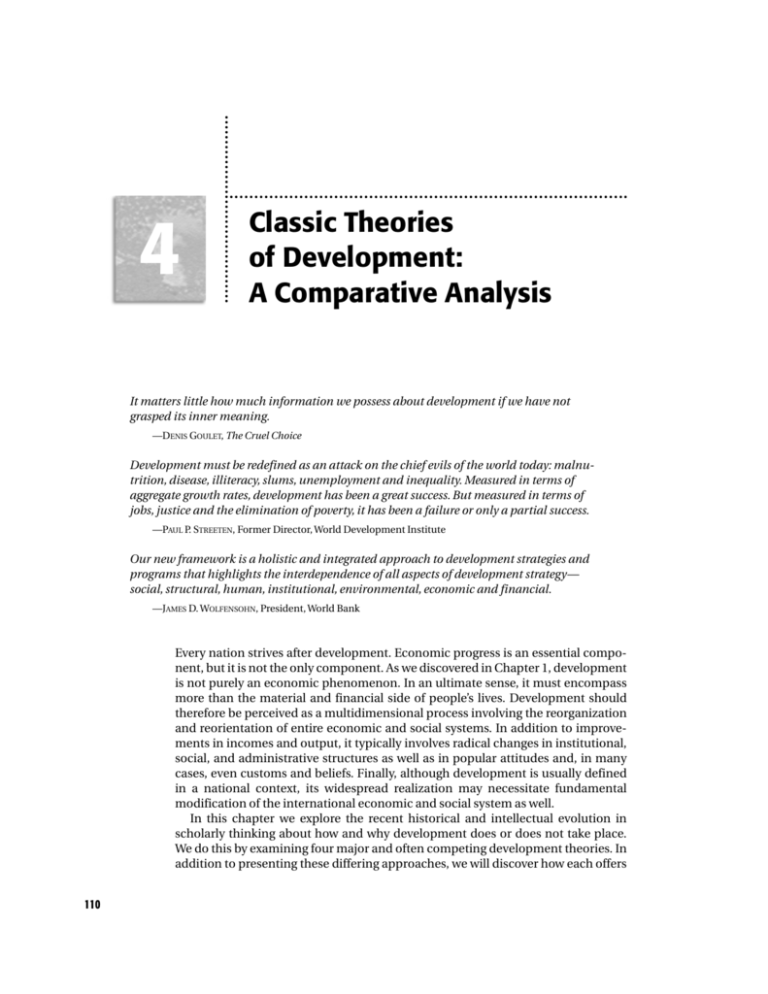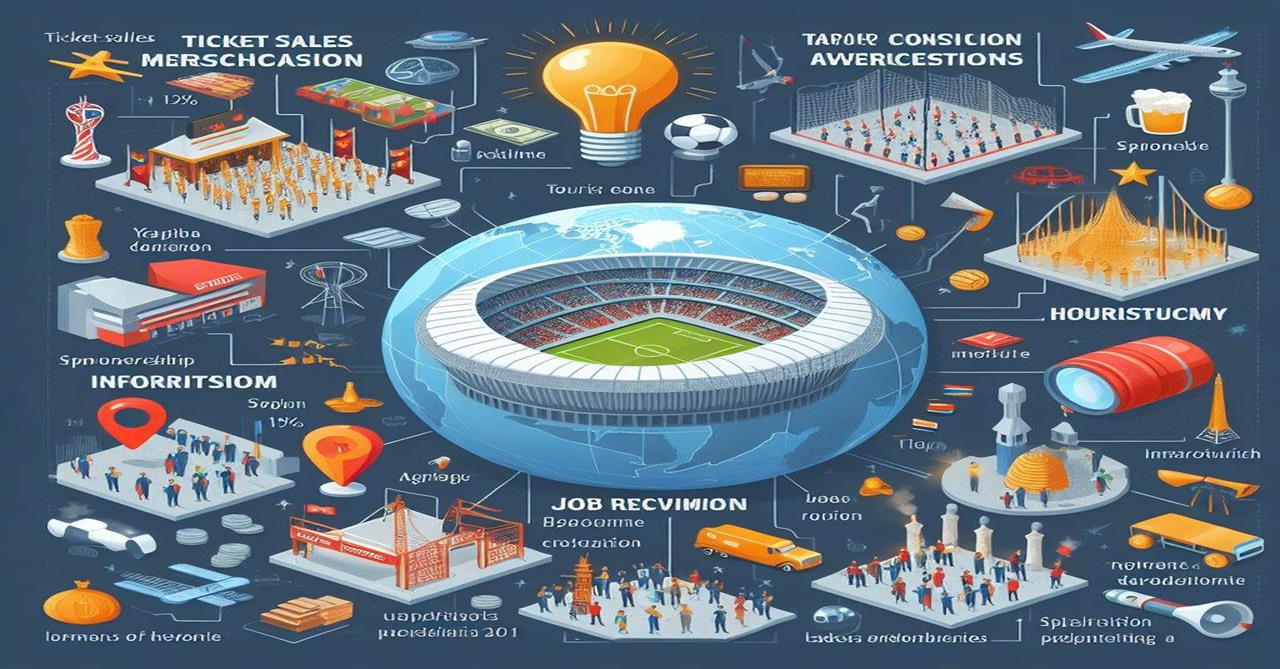
Understanding Global Economic Interdependence in the 21st Century: A Beginner’s Guide to Our Connected World
Have you ever stopped to think about where your morning coffee comes from? Or the components inside your smartphone? Chances are, the beans were grown in South America, processed in Europe, and shipped to your local store. Your phone likely contains parts manufactured in a dozen different countries, assembled in another, and designed in yet another. This intricate global web is a prime example of global economic interdependence, a defining feature of the 21st-century world.
In simple terms, global economic interdependence means that countries and their economies are increasingly reliant on each other. What happens in one part of the world can have a significant "ripple effect" across the globe, impacting everything from job markets and prices to innovation and even political stability. For beginners, understanding this concept is crucial because it helps us make sense of the news, understand global challenges, and appreciate the complex forces shaping our daily lives.
This comprehensive guide will break down global economic interdependence, explaining its drivers, benefits, challenges, and what it means for you.
What Exactly Is Global Economic Interdependence?
Imagine a vast, intricate spiderweb. If one strand of the web vibrates, the whole web feels it. That’s a good analogy for global economic interdependence. It’s the idea that the economies of different nations are so deeply connected that they influence one another directly and indirectly.
Historically, economies were more isolated. Countries produced most of what they consumed. But over centuries, and especially in recent decades, this has changed dramatically. Today, very few countries are entirely self-sufficient. They rely on others for:
- Goods and Services: Importing products they can’t produce efficiently themselves (e.g., oil, specialized electronics, exotic fruits).
- Raw Materials: Sourcing essential resources like minerals, timber, or agricultural products from abroad.
- Technology and Innovation: Sharing knowledge, patents, and advancements that drive progress.
- Capital (Money): Investing in other countries or attracting foreign investment to fund their own growth.
- Labor: Relying on a global workforce, either through migration or remote work.
This interconnectedness isn’t just about trade; it encompasses finance, technology, and even cultural exchange.
The Key Drivers of Interdependence in the 21st Century
Why are we more interconnected now than ever before? Several powerful forces have accelerated global economic interdependence in the last few decades:
1. Technological Revolution and Digitalization
- Internet and Communication: The advent of the internet, email, video conferencing, and instant messaging has shrunk the world. Businesses can communicate with suppliers, customers, and employees across continents in real-time, making global coordination incredibly efficient.
- Digital Platforms: E-commerce sites (like Amazon, Alibaba) allow consumers to buy products from anywhere in the world, while digital service platforms (like Upwork, Fiverr) connect freelancers with clients globally.
- Logistics Technology: Advanced tracking systems, automated warehouses, and sophisticated software optimize supply chains, allowing goods to move faster and more reliably across borders.
2. Globalization of Trade
- Reduced Trade Barriers: Over the past few decades, many countries have lowered tariffs (taxes on imported goods) and removed other barriers to trade, making it cheaper and easier to buy and sell across borders. Organizations like the World Trade Organization (WTO) have played a significant role in promoting free trade agreements.
- Regional Blocs: The formation of economic blocs like the European Union (EU), the North American Free Trade Agreement (NAFTA, now USMCA), and ASEAN has created large, integrated markets where goods, services, and sometimes even people can move freely.
- Lower Transportation Costs: Innovations in shipping (e.g., containerization), air cargo, and land transport have significantly reduced the cost of moving goods around the world.
3. Global Supply Chains
- Specialization: Countries and companies have realized they can be more efficient by specializing in what they do best. For example, one country might excel at designing microchips, another at manufacturing specific components, and a third at assembling the final product.
- "Just-in-Time" Production: Many industries rely on parts arriving just as they are needed for assembly, reducing storage costs. This requires highly coordinated global supply chains, often involving thousands of suppliers worldwide for a single product. Think of a car or a smartphone – parts come from all over the world.
4. International Finance and Investment
- Capital Mobility: Money flows freely across borders. Investors can easily buy stocks in foreign companies, governments can borrow from international lenders, and multinational corporations can invest directly in factories or businesses in other countries (known as Foreign Direct Investment, or FDI).
- Global Financial Markets: Stock exchanges, currency markets, and bond markets are interconnected, operating 24/7. This allows for rapid movement of capital, but also means that financial shocks in one major market can quickly spread globally.
- Rise of Multinational Corporations (MNCs): Companies like Apple, Samsung, Toyota, and Nestle operate in many countries, sourcing materials, manufacturing, and selling products globally. Their decisions often have far-reaching economic impacts.
5. Ease of Travel and Migration
- Skilled Labor Mobility: Professionals, scientists, and skilled workers often move to countries where their talents are in demand, contributing to the economies of their host nations and sending remittances (money) back home.
- Tourism: International tourism has become a massive industry, creating jobs and generating income in host countries while allowing people to experience different cultures and economies.
The Benefits of Global Economic Interdependence
While complex, this interconnectedness brings numerous advantages:
- Increased Economic Growth:
- Specialization and Efficiency: Countries can focus on producing what they do best, leading to higher quality goods and services at lower costs.
- Larger Markets: Companies can sell their products to billions of consumers worldwide, rather than being limited to their domestic market, fostering innovation and expansion.
- Access to a Wider Variety of Goods and Services: Consumers benefit from a greater choice of products, often at lower prices, thanks to international competition and diverse supply sources. You can enjoy fruits out of season locally, wear clothes made globally, and access technologies from around the world.
- Innovation and Knowledge Sharing: The free flow of ideas, research, and technology across borders accelerates innovation. Companies learn from each other, and global collaboration can solve complex problems faster (e.g., vaccine development).
- Poverty Reduction: Interdependence has helped many developing countries integrate into the global economy, attracting foreign investment, creating jobs, and lifting millions out of poverty.
- Greater Understanding and Cooperation: Economic ties can foster diplomatic relations and encourage countries to resolve disputes peacefully, as conflict could harm their economic interests.
The Challenges and Risks of Global Economic Interdependence
However, the flip side of deep integration is increased vulnerability. When economies are tightly linked, problems can spread rapidly:
- Economic Crises and Contagion:
- The "Ripple Effect": A financial crisis or recession in one major economy can quickly spread to others. For example, the 2008 global financial crisis, which started in the U.S. housing market, led to recessions worldwide due to interconnected financial markets.
- Currency Fluctuations: A sudden drop in the value of one country’s currency can make its imports more expensive and its exports cheaper, affecting trade balances globally.
- Vulnerability of Global Supply Chains:
- Disruptions: Events like natural disasters (e.g., tsunamis, earthquakes), pandemics (e.g., COVID-19), or geopolitical conflicts (e.g., wars) can severely disrupt supply chains, leading to shortages, production delays, and higher prices worldwide. The recent semiconductor shortage, for instance, impacted car production globally.
- Over-reliance: Some countries or industries can become overly reliant on a single source for critical components, making them vulnerable to disruptions from that source.
- Job Displacement and Income Inequality:
- Outsourcing: Companies may move manufacturing or service jobs to countries with lower labor costs, leading to job losses in developed nations.
- Wage Stagnation: Increased global competition can put downward pressure on wages in some sectors.
- Inequality: While some benefit greatly from globalization, others may be left behind, exacerbating income disparities within and between countries.
- Environmental Concerns: Increased global trade and industrial activity contribute to higher carbon emissions, pollution, and resource depletion, posing significant challenges for climate change and sustainability.
- Geopolitical Tensions and Trade Wars:
- Economic Leverage: Countries may use their economic power as leverage in political disputes, imposing tariffs or sanctions that harm global trade.
- Protectionism: Some nations may adopt protectionist policies (e.g., raising tariffs) to shield domestic industries, which can lead to retaliatory measures and overall reductions in global trade, hurting everyone.
- Loss of Economic Sovereignty: Countries might feel pressured to align their economic policies with international norms or the demands of global financial institutions, potentially limiting their ability to pursue independent domestic goals.
Navigating the Interconnected World: What Can Be Done?
Understanding the complexities of global economic interdependence is the first step. The next is to consider how nations and individuals can navigate this reality:
- Strengthening International Cooperation:
- Multilateral Institutions: Organizations like the International Monetary Fund (IMF), World Bank, and World Trade Organization (WTO) are crucial for fostering cooperation, setting rules, and providing financial stability.
- Diplomacy: Countries need to engage in ongoing dialogue and diplomacy to resolve trade disputes, coordinate economic policies, and address global challenges like climate change and pandemics.
- Building Resilience in Supply Chains:
- Diversification: Companies and countries are increasingly looking to diversify their sources of critical components and raw materials, rather than relying on just one supplier or region.
- Reshoring/Nearshoring: Some businesses are considering bringing production closer to home (reshoring) or to neighboring countries (nearshoring) to reduce geopolitical risks and transportation costs.
- Stockpiling: Maintaining strategic reserves of essential goods and materials can help cushion against sudden supply shocks.
- Investing in Education and Skills: To adapt to changing global job markets, countries need to invest in education and training programs that equip their workforce with the skills needed for future industries.
- Promoting Fair and Sustainable Trade: Ensuring that trade benefits all participants, not just a few, and that it adheres to environmental and labor standards, is essential for long-term stability.
- Addressing Income Inequality: Governments need to implement policies that support those negatively impacted by globalization, such as social safety nets, retraining programs, and progressive taxation.
- Leveraging Technology Responsibly: While technology drives interdependence, it also offers solutions for monitoring global risks, improving supply chain visibility, and facilitating remote work and education.
Conclusion: Your Place in the Global Economic Web
Global economic interdependence is not an abstract concept; it directly impacts your daily life. From the price of your groceries to the availability of your favorite electronics, and from job opportunities to the stability of your investments, the threads of the global economic web connect us all.
In the 21st century, no country is an island. Understanding how economies are intertwined allows us to better comprehend global events, appreciate the challenges and opportunities of a connected world, and advocate for policies that promote shared prosperity and stability. As technology continues to advance and global challenges persist, navigating this interconnected landscape with wisdom, cooperation, and foresight will be more important than ever.
So, the next time you enjoy that international cup of coffee or use your globally-sourced smartphone, take a moment to appreciate the vast and intricate web of interdependence that makes it all possible.




1 comment